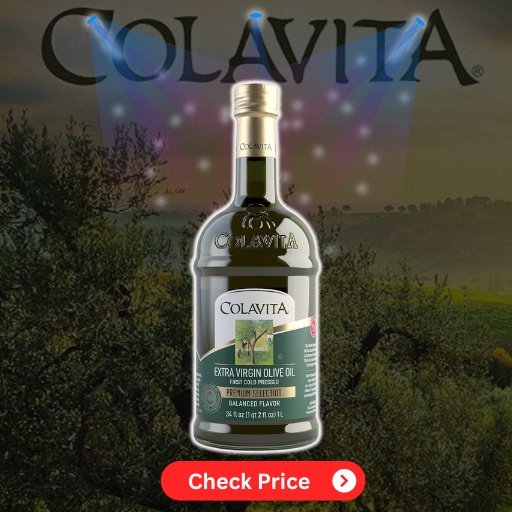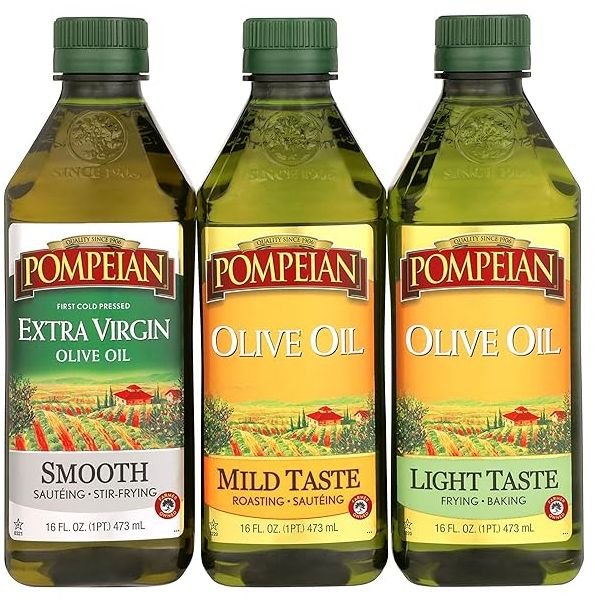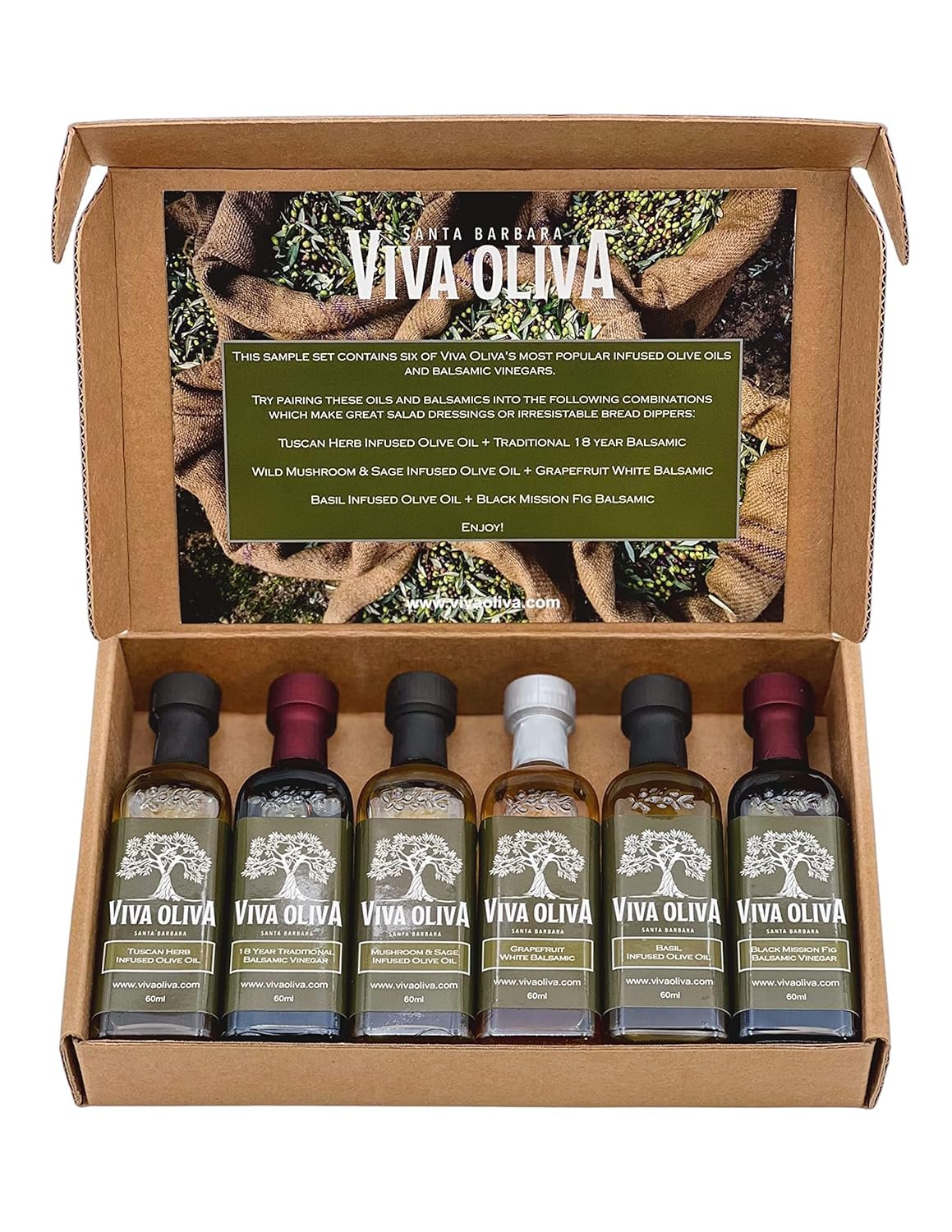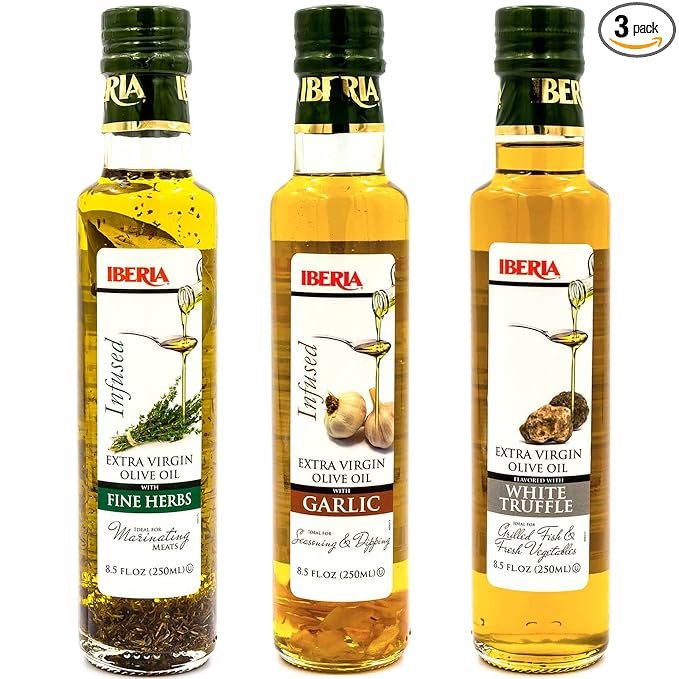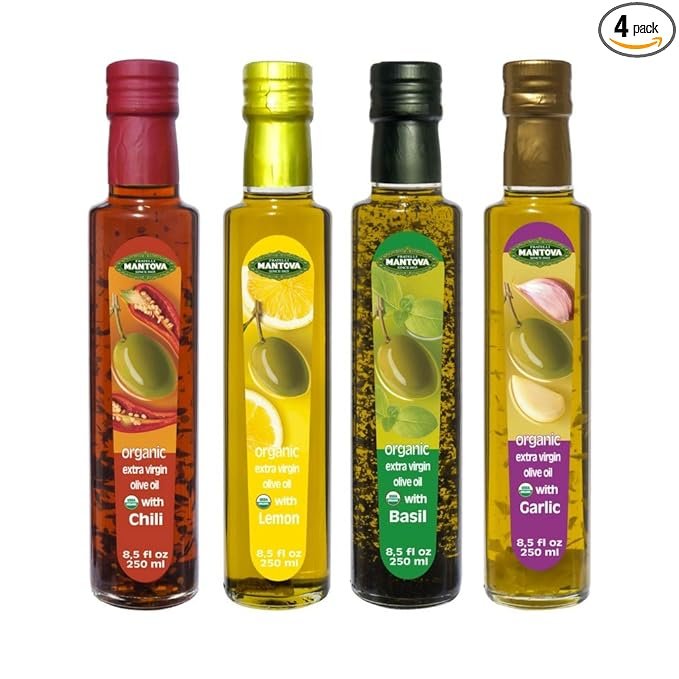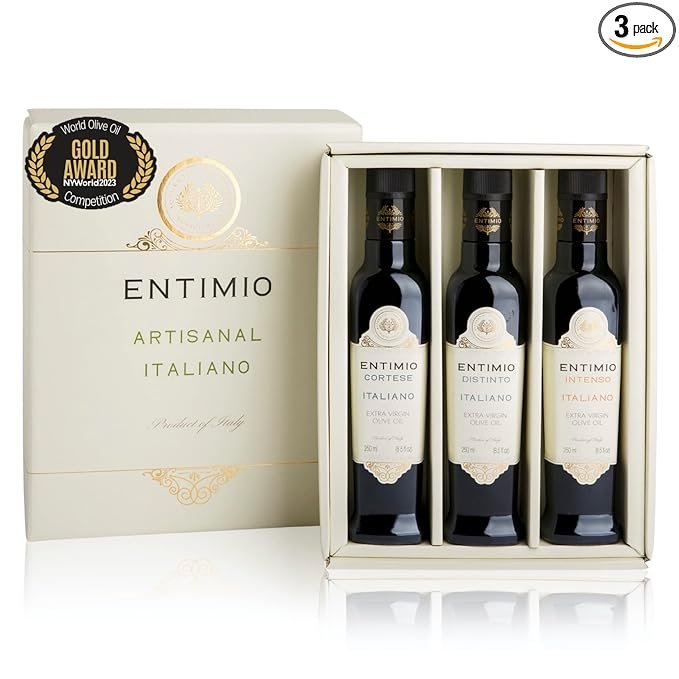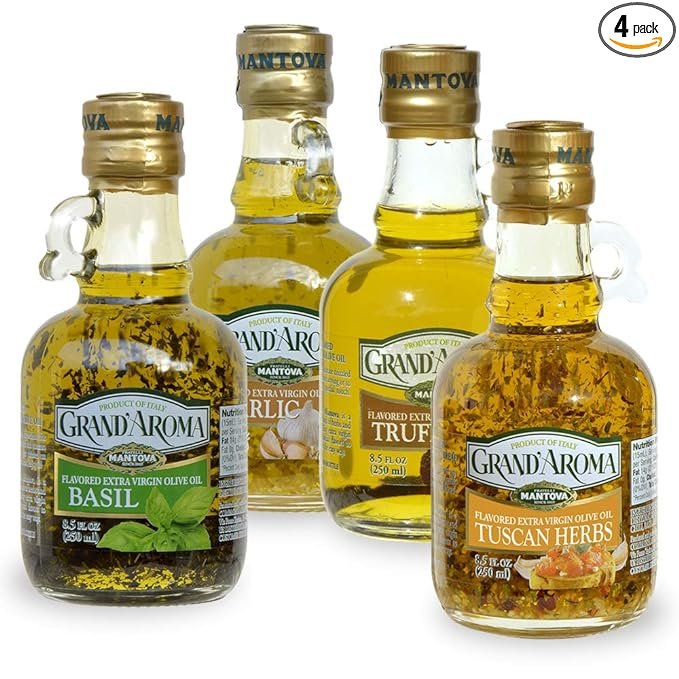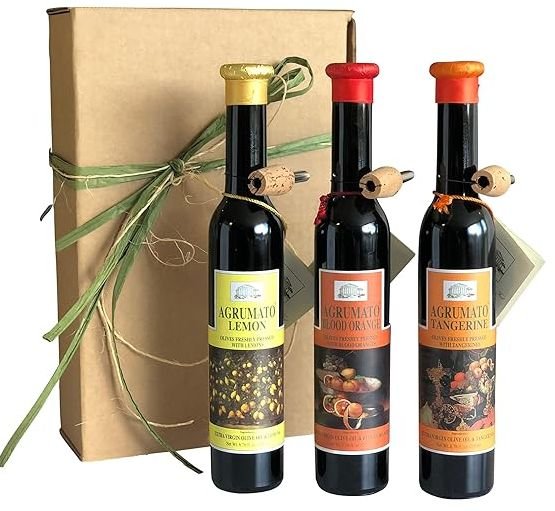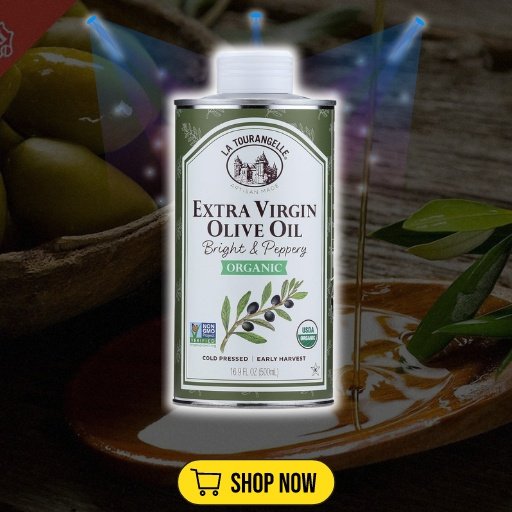Authentic olive oil from Italy.
These five words evoke a world of flavors, aromas, and traditions deeply rooted in the heart of Italy.
Table of Contents

This golden elixir, a cornerstone of the Mediterranean diet, is a testament to Italy’s rich culinary heritage. It’s more than just a cooking ingredient. It’s a symbol of Italian culture, a reflection of the land, and a celebration of its people’s craftsmanship.
But what makes Italian Olive Oil so special?
The answer lies in its authenticity. Authentic Italian Olive Oil is a product of passion, tradition, and meticulous care. From the sun-kissed groves where the olives grow to the time-honored methods of extraction, every step contributes to its unique character.
Yet, the world of Italian Olive Oil is as complex as it is fascinating.
With a myriad of brands, grades, and labels, choosing the right oil can be a daunting task. How do you distinguish the truly authentic from the merely adequate? How do you navigate the sea of Italian Olive Oil brands to find the one that suits your palate and meets your culinary needs?
This guide is here to help.
We delve into the heart of Italy to explore the rich history, diverse regions, and artisanal methods that shape the character of Italian Olive Oil. We’ll guide you through the sensory experience of tasting olive oil like a pro, and help you understand the health benefits associated with this liquid gold.
We’ll also provide practical advice on identifying authentic Italian Olive Oil, decoding labels, and making informed buying decisions. Whether you’re a food enthusiast, a home cook, a professional chef, or an importer, this guide aims to deepen your appreciation for Italian Olive Oil and enhance your culinary adventures.
So, let’s embark on this journey of discovery.
Let’s explore the world of Italian Olive Oil, savor its flavors, appreciate its quality, and celebrate its heritage. Welcome to the world of Authentic Italian Olive Oil.
The Rich History and Cultural Significance of Italy
The story of Italian Olive Oil is as old as the country’s history itself.

It’s a tale that begins over 6,000 years ago, with the first olive trees planted by early civilizations on the Italian peninsula. These ancient cultures recognized the olive tree’s value, using its oil for cooking, lighting, and religious ceremonies.
Over the centuries, the cultivation of olive trees spread across the Italian landscape.
Each region developed unique olive varieties and extraction methods from the rolling hills of Tuscany to the sun-drenched coasts of Sicily. This regional diversity is one of the defining characteristics of Italian Olive Oil, contributing to its wide range of flavors and aromas.
But Italian Olive Oil is more than just a product of the land.
It’s a reflection of the Italian people’s spirit, their respect for nature, and their commitment to preserving tradition. An old Italian saying beautifully captures this deep connection between the people and the olive tree: “Where the vine does not thrive, plant the olive tree.”
The cultural significance of Italian Olive Oil extends beyond the kitchen.
It permeates every aspect of Italian life, from food and health to art and religion. Here are a few examples of how Italian Olive Oil has shaped Italy’s cultural landscape:
- Food: Italian Olive Oil is a staple in Italian cuisine. It’s used in everything from simple bruschetta to complex sauces, adding depth and richness to dishes.
- Health: The health benefits of Italian Olive Oil, particularly extra virgin olive oil, are well-documented. It’s a key component of the Mediterranean diet, associated with longevity and reduced risk of chronic diseases.
- Art: Olive trees and olive oil have been recurring motifs in Italian art, symbolizing peace, prosperity, and the divine.
- Religion: In Catholicism, olive oil is used in several sacraments, including Baptism and Anointing of the Sick.
Today, Italian Olive Oil continues to play a vital role in Italy’s economy and culinary identity.
It’s a symbol of the country’s dedication to quality, authenticity, and tradition. As we delve deeper into the world of Italian Olive Oil, we’ll discover how these values are reflected in every drop of this precious liquid.
You may also like: Top 5 Best Olive Oil Dispensers
Regions of Italy: The Terroirs of Italian Olive Oil
Italy’s diverse geography and climate have given rise to a multitude of olive varieties, each with its unique flavor profile.

From the Alpine foothills in the north to the sun-soaked islands in the south, the Italian landscape is dotted with olive groves. These groves are as varied as the regions they inhabit, reflecting the unique terroir of each area.
The concept of terroir, borrowed from the world of wine, refers to the environmental factors that affect a crop’s phenotype.
In the case of olives, these factors include climate, soil type, and altitude. Together, they influence the taste, aroma, and color of the olive oil.
Let’s take a brief tour of Italy’s main olive oil-producing regions:
- Tuscany: Known for its robust and peppery oils, Tuscany is home to several protected designations of origin. The region’s hilly terrain and temperate climate create ideal conditions for olive cultivation.
- Liguria: Ligurian olive oil is delicate and sweet, with notes of almond and pine. The region’s mild climate and coastal location contribute to these unique characteristics.
- Puglia: As Italy’s largest olive oil producer, Puglia is known for its bold and fruity oils. The region’s hot climate and fertile soil are perfect for olive growing.
- Sicily: Sicilian olive oil is diverse, ranging from light and buttery to rich and spicy. The island’s diverse microclimates and ancient olive varieties contribute to this variety.
Understanding the terroir of Italian Olive Oil is key to appreciating its complexity.
It allows us to see how the same fruit, the olive, can yield such a wide array of flavors and aromas. As we explore the world of Italian Olive Oil, we’ll discover that each region, each grove, and each tree tells a unique story. A story that is captured in every bottle of Italian Olive Oil.
Understanding Grades: From Extra Virgin to Pure of Authentic olive oil from Italy
Italian olive oil is classified into different grades, each reflecting a specific quality level.
The highest grade is “Extra Virgin Olive Oil”. This oil is obtained from the first pressing of the olives, without any heat or chemicals. It has an acidity level of less than 0.8% and exhibits superior taste and aroma.
“Virgin Olive Oil” is the next grade. It is also produced without heat or chemicals, but its acidity level is slightly higher, up to 2%. The flavor of Virgin Olive Oil is good, but not as exceptional as Extra Virgin.
“Pure Olive Oil” or simply “Olive Oil” is a blend of cold-pressed and processed oils. It has a more neutral flavor and a higher smoke point, making it suitable for cooking. However, it lacks the rich aroma and health benefits of the virgin grades.
“Light” or “Extra Light Olive Oil” is a marketing term and not a grade. These oils are often heavily processed and have a light color, not a light calorie content. They offer little in terms of flavor or health benefits.
Understanding these grades is crucial when buying Italian Olive Oil. It helps you choose the right oil for your needs, whether it’s for drizzling over salads, sautéing vegetables, or baking desserts.
Traditional Methods vs. Modern Innovations – Authentic olive oil from Italy
The production of Italian Olive Oil is a blend of tradition and innovation.
Traditional methods, passed down through generations, are still in use today. These include hand-picking the olives and cold-pressing them on stone mills. This slow, labor-intensive process preserves the oil’s flavor, aroma, and nutrients.
However, modern technology has also found its way into the Italian olive groves.
Advanced machinery is used for tasks like pruning the trees and harvesting the olives. This not only increases efficiency but also reduces the risk of damaging the fruit.
In the mills, centrifugation has replaced traditional pressing for many producers. This method, which separates the oil from the water and solids using centrifugal force, yields more oil. It also reduces the risk of contamination and oxidation.
Despite these modern innovations, the essence of Italian Olive Oil production remains the same. It’s about respecting the fruit and the land, and crafting a product that reflects the unique terroir of each region.
Whether traditional or modern, the methods used in Italian Olive Oil production aim to achieve one goal: to create the highest quality oil that is a true expression of the Italian landscape and culture.

The Importance of PDO and PGI Certifications
When it comes to Italian Olive Oil, authenticity is key. One way to ensure you’re getting a genuine product is to look for PDO and PGI certifications.
PDO stands for “Protected Designation of Origin”. This certification is given to products that are produced, processed, and prepared in a specific geographical area, using recognized know-how. For Italian Olive Oil, a PDO certification guarantees that the oil is made from olives grown in a specific region of Italy, following traditional methods.
PGI, on the other hand, stands for “Protected Geographical Indication”. This certification is slightly less strict, requiring only one stage of production to occur in the region. For olive oil, this could be the growing, processing, or packaging stage.
These certifications are not just about geographical location. They also ensure that the product meets certain quality standards and is made following traditional methods. This means that when you buy a bottle of PDO or PGI certified Italian Olive Oil, you’re not just getting a taste of Italy, but also a product of high quality and authenticity.
You May Also Like: The truth about 100 percent olive oil
Decoding Labels: Acidity, Harvest Dates, and Pressing Information
Understanding the labels on a bottle of Italian Olive Oil can be a daunting task. However, it’s a crucial step in identifying a high-quality product.
One important factor to look for is the acidity level. The lower the acidity, the higher the quality of the oil. Extra Virgin Olive Oil, the highest grade, should have an acidity level of less than 0.8%.
The harvest date is another key piece of information. Olive oil is not like wine – it doesn’t get better with age. A fresher oil will have a more robust flavor and a higher nutrient content. Look for oils with a harvest date within the last year.
The pressing information can also provide valuable insights. Terms like “cold-pressed” or “first press” indicate that the oil has been extracted without heat or chemicals, preserving its flavor and nutritional value.
Remember, a well-informed consumer is the best defense against low-quality or counterfeit products. So, take the time to read and understand the labels when buying Italian Olive Oil.
The Sensory Experience: Tasting Italian Olive Oil Like a Pro
Tasting Italian Olive Oil is an art. It’s a sensory experience that goes beyond just flavor. It involves sight, smell, and taste, each playing a crucial role in evaluating the quality of the oil.
Start by observing the color. High-quality Italian Olive Oil can range from a vibrant green to a golden yellow. However, color can be misleading as it doesn’t necessarily indicate quality. It’s more about the variety of olives and the time of harvest.
Next, take a moment to smell the oil. A good Italian Olive Oil should have a fresh and fragrant aroma. You might pick up notes of grass, fruit, herbs, or even almonds. If the oil smells musty, rancid, or simply like nothing at all, it’s likely not of high quality.
Now, it’s time to taste. Take a small sip and let it coat your mouth. A high-quality Italian Olive Oil will have a balance of fruitiness, bitterness, and pungency. You might also notice secondary flavors like pepper, artichoke, or tomato.
The finish is also important. The flavor should linger in your mouth, leaving a pleasant aftertaste. If the oil leaves a greasy or waxy feeling, it’s likely not extra virgin.
Remember, tasting Italian Olive Oil is a personal experience. Everyone’s palate is different. What matters most is that you enjoy the oil and it enhances your culinary creations. So, take your time, savor the experience, and discover the unique flavors of Italian Olive Oil.
Health Benefits: The Nutritional Profile of Italian Olive Oil
Italian Olive Oil is not just a culinary delight. It’s also packed with health benefits. This is largely due to its impressive nutritional profile.
Primarily composed of healthy monounsaturated fats, Italian Olive Oil is heart-friendly. These fats help lower bad cholesterol levels and increase good cholesterol. This contributes to a healthier cardiovascular system.
But the benefits don’t stop there. Italian Olive Oil is also rich in antioxidants. These compounds fight off harmful free radicals in the body. They help prevent cellular damage, reducing the risk of chronic diseases like cancer.
Italian Olive Oil also contains anti-inflammatory properties. This is thanks to a compound called oleocanthal. It works similarly to ibuprofen, reducing inflammation and pain. This makes Italian Olive Oil beneficial for those with inflammatory conditions like arthritis.
In conclusion, incorporating Italian Olive Oil into your diet can be a delicious way to boost your health. Its rich nutritional profile and health benefits make it a worthy addition to any kitchen.
Top Brands and Their Stories
When it comes to Italian Olive Oil, certain brands stand out for their quality and authenticity. One such brand is Frantoio Muraglia. This family-run business has been producing olive oil in Puglia for five generations. Their oils are cold-pressed within 24 hours of harvest, ensuring maximum freshness and flavor.

Another notable brand is Tenuta di Capezzana. Located in Tuscany, this estate has been producing olive oil since 804 AD. Their oil is known for its robust flavor and high polyphenol content, a testament to their traditional production methods.
Then there’s Manni Oil. This brand is favored by renowned chefs worldwide, including the French Laundry’s Thomas Keller. Manni Oil is unique for its two distinct oils: one for cooking (Per Mio Figlio) and one for finishing dishes (Per Me).
You May Also Like: 10 proven strategies for successful weight loss
Don’t forget about Antico Frantoio Toscano. This brand is known for its organic extra virgin olive oil, produced in the heart of Tuscany. Their commitment to sustainable farming practices and high-quality olives results in a superior product.
Lastly, there’s Frantoio Franci. This brand has won numerous awards for their olive oils. Their Villa Magra Grand Cru is particularly acclaimed, known for its complex flavor profile and exceptional quality.
Guide to Buying: Importers, Online Retailers, and Direct from Farms
Finding authentic Italian Olive Oil can be a challenge, especially outside of Italy. However, there are several avenues to explore. One option is to buy from importers. Companies like Gustiamo and Zingerman’s source high-quality Italian Olive Oils and ship them worldwide.
Online retailers are another option. Websites like Amazon and Eataly offer a wide range of Italian Olive Oils. However, it’s crucial to check the seller’s reputation and read customer reviews before purchasing.

Brand: Frantoi Cutrera
Flavor: Primo
Net Content Volume: 25.4 Fluid Ounces
Special Feature: Cold Pressed
Liquid Volume: 25.4 Fluid Ounces
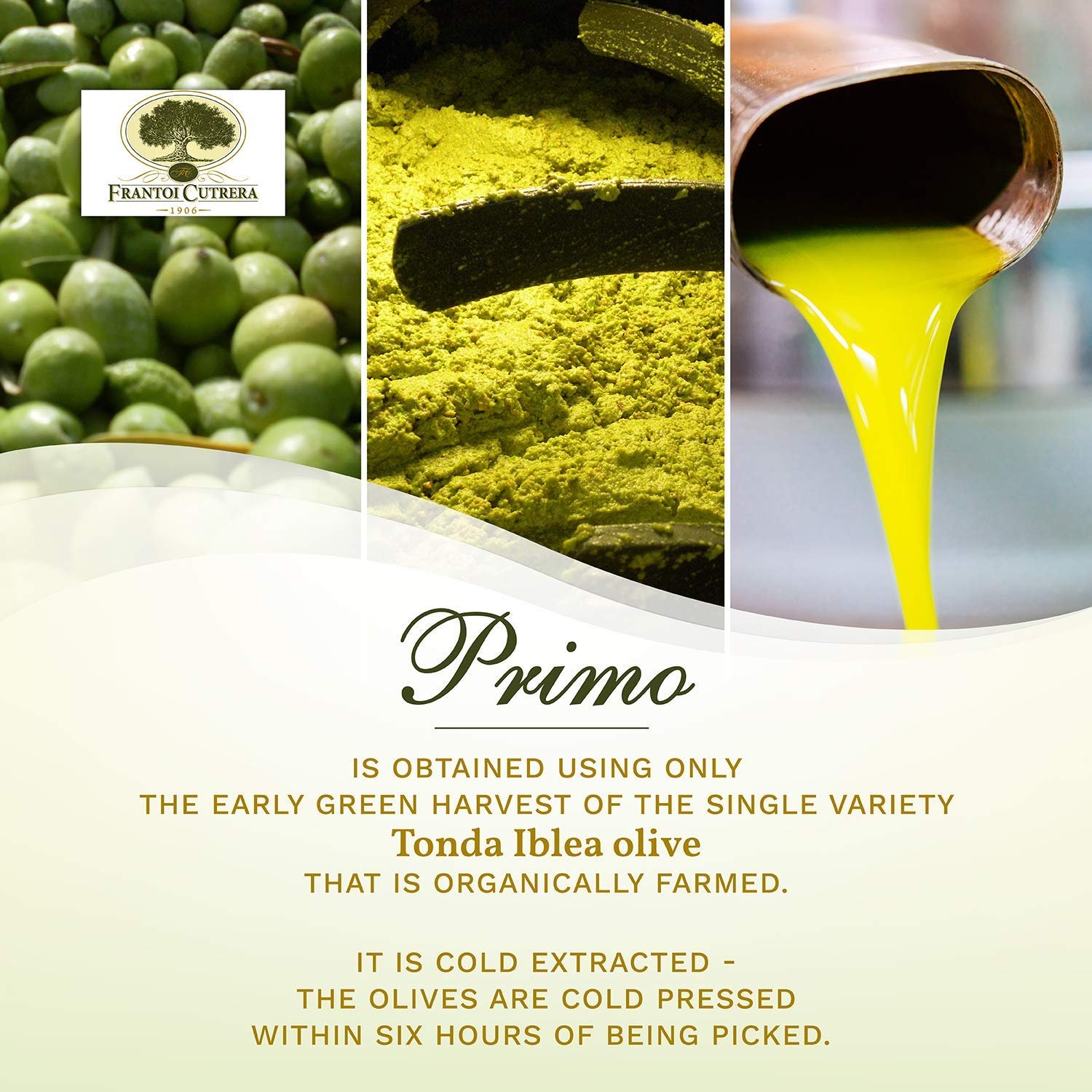
Direct buying from farms is also possible. Many Italian Olive Oil producers have websites where you can order their products. This not only ensures authenticity but also supports the producers directly.
Farmers markets and specialty food stores are also worth checking out. They often carry a selection of imported Italian Olive Oils. Remember to check the harvest date, as olive oil is best consumed within a year of its production.
Lastly, consider joining an olive oil club. Companies like the Fresh-Pressed Olive Oil Club deliver hand-selected Italian Olive Oils right to your doorstep. This can be a great way to discover new brands and flavors.
In conclusion, while finding authentic Italian Olive Oil requires some effort, the taste and health benefits make it well worth the hunt.
Preserving Quality: Storing and Using Your Italian Olive Oil
Once you’ve secured a bottle of authentic Italian Olive Oil, proper storage is crucial. Olive oil is sensitive to light, heat, and air. These elements can degrade the oil, leading to a loss of flavor and nutritional benefits.
Store your olive oil in a cool, dark place. A pantry or cupboard away from the stove or other heat sources is ideal. The optimal storage temperature is between 57-70°F (14-21°C). Avoid refrigerating olive oil, as this can lead to condensation and potential oil degradation.
The container also matters. Dark glass bottles or stainless steel containers are best. They protect the oil from light exposure. If your oil comes in a clear bottle, consider decanting it into a darker one, or keep it in a dark place. Always ensure the cap is tightly sealed after use to limit air exposure.
When it comes to using your Italian Olive Oil, remember that it’s not just for salads and cooking. Drizzle it over finished dishes to enhance flavor. Use it in baking as a healthier alternative to butter. Or simply dip a piece of fresh bread into it to truly savor its unique taste.
The Future of Italian Olive Oil: Sustainability and Innovation
The future of Italian Olive Oil is intertwined with sustainability and innovation. As the world becomes more conscious of the environmental impact of food production, Italian olive oil producers are adapting. They are implementing sustainable farming practices, reducing water usage, and minimizing waste.
Innovation is also key to the industry’s future. Producers are exploring new extraction techniques to improve yield and quality. They are also investing in research to develop hardier olive varieties that can withstand changing climate conditions.
However, the heart of Italian olive oil production remains rooted in tradition. The balance between innovation and tradition is delicate. The challenge lies in embracing modern techniques without losing the artisanal quality that makes Italian olive oil unique.
In the face of these challenges, the Italian olive oil industry remains resilient. With a commitment to quality, sustainability, and innovation, the future of Italian olive oil looks promising. The essence of Italy, captured in each drop of its olive oil, continues to enchant the world.
Conclusion: Embracing the Essence of Italy Through Its Olive Oil
Italian olive oil is more than just a culinary ingredient. It is a testament to Italy’s rich history, diverse terroirs, and the dedication of its producers. It embodies the essence of Italy, offering a sensory journey through its landscapes and traditions.
As consumers, we have the privilege and responsibility to support this heritage. By choosing authentic Italian olive oil, we not only enhance our culinary experiences but also contribute to the preservation of Italy’s cultural and agricultural legacy. Let’s continue to discover, appreciate, and celebrate the best of Italian olive oil.


